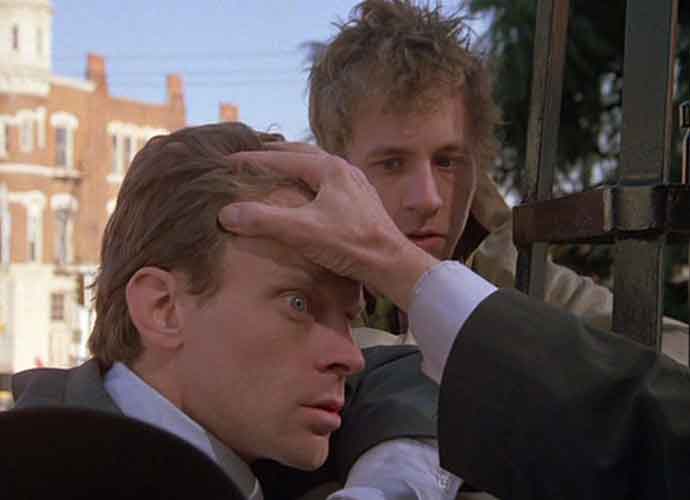Shrunken Head Used In ‘Wise Blood’ Proven To Be Made Of Human Tissue
Researchers used CT scans to prove the authenticity of a shrunken head used the 1979 film Wise Blood, confirming that it is made with real human remains.
The South American tsantsa was previously in the Mercer University natural history collection in Macon, Georgia, and was brought to the U.S. from Ecuador by a now-dead faculty member during World War II.
The tsantsa appeared in Wise Blood attached to a fake tiny body and was an object of worship for one of the characters.
“The singular artifact in this paper is presumed to be an authentic tsantsa composed of human tissue,” said Craig D. Byron and Adam M. Kiefer, professors from Mercer University revealed in a research paper published in Heritage Science.
Tsantsas are talismans or trophies made by various South American peoples – referred to as the SAAWC culture groups – until the mid-20th century. Nineteenth century visitors viewed them as a collectors item, going as far as making forgeries. This is why any and all tsantsas must be authenticated.
According to Byron and his colleagues, they are made from the skin “of enemies slain during combat” and were believed to contain “the spirit of the victim and all their technical knowledge and thus were considered to possess supernatural qualities and represent a source of personal power for the owner.”
“A ceremonial tsantsa is made from a human being with great care by members of the SAAWC culture group,” Byron said. “Forgeries can be made from human remains, animal remains, or synthetic material. Great care must be taken in making sure that a tsantsa is authentic, which was the genesis of this paper.”
Byron and his team CT scanned the tsantsa, allowing them to study the skin beneath the hair and more closely examine the stitching pattern in the skin. They even found a hole at the top that enabled the tsantsa’s possessor to tie it with string and wear it. The size of the tsantsa, the way the lips were stitched together, and its hairstyle were among the factors that helped authenticate it.
After Byron’s research, Ecuadorian authorities reviewed and confirmed their findings. The Tsantsa was returned to Ecuador in 2019.
“It’s a relief to have the specimen out of our possession,” said Byron. “It had ‘underground’ value; it was illegal to trade or sell; it was the skin from a person’s head; we had no business holding on to this item. It was a rewarding conclusion to a project hanging around since 2015.”
RELATED ARTICLES
Get the most-revealing celebrity conversations with the uInterview podcast!




 by
by 



Leave a comment